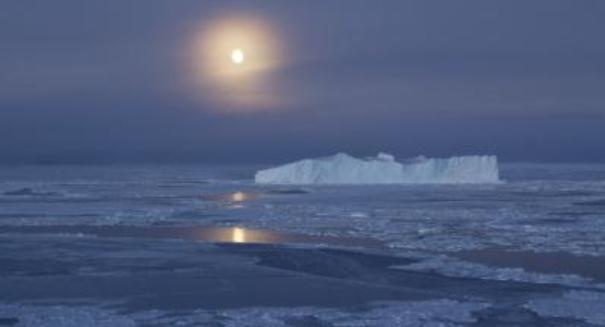
The reesearchers determined mixing in the Southern Ocean by freeing small amounts of an inactive chemical tracer into the Southeast Pacific.
According to a news release from the University of Exeter, a longstanding mystery in the ocean near Antarctica has finally been resolved by researchers: how do deep and mid-depth ocean waters combine? They discovered that sea water combines fiercely as it hurries over massive undersea mountains in Drake Passage – the pathway between the southern point of South American and the Antarctic continent. Combining of water layers in the oceans is important in managing the Earth’s climate and ocean currents.
The study offers key information for climate models which until now have suffered from a lack of comprehensive intelligence on ocean combining required to produce precise long-term climate predictions.
Toiling in some of the craziest waters on Earth, researchers determined mixing in the Southern Ocean by freeing small amounts of an inactive chemical tracer into the Southeast Pacific. They followed the tracer for multiple years as it traveled through Drake Passage to see how rapidly the ocean mixed.
The tracer revealed almost no vertical combining in the Pacific but as the water moved over the mountainous ocean floor in the somewhat narrow continental gap that shapes the Drake Passage is started to combine fiercely.
“A thorough understanding of the process of ocean mixing is crucial to our understanding of the overall climate system,” said Andrew Watson, a professor from the University of Exeter. “Our study indicates that virtually all the mixing in the Southern Ocean occurs in Drake Passage and at a few other undersea mountain locations.”
“Our study will provide climate scientists with the detailed information about the oceans that they currently lack,” Watson added.
Ocean combining shifts carbon dioxide from the atmosphere to the deep sea, and basically manages the clip at which the ocean acquires carbon dioxide. Over several hundred years this procedure will take away a lot of the carbon dioxide that we free into the atmosphere, keeping it in the deep ocean.
Ocean mixing also impacts climate. For instance, a rise in the speed of deep sea mixing would allow the ocean to shift more heat towards the poles.
Researchers think that the lower concentrations of atmospheric carbon dioxide existent during the ice ages may have been the aftereffect of slower ocean combining between the surface and the deep sea. According to scientists, this further highlights the connection between ocean mixing and climate.
The study’s findings are described in detail in the journal Nature.
Leave a Reply